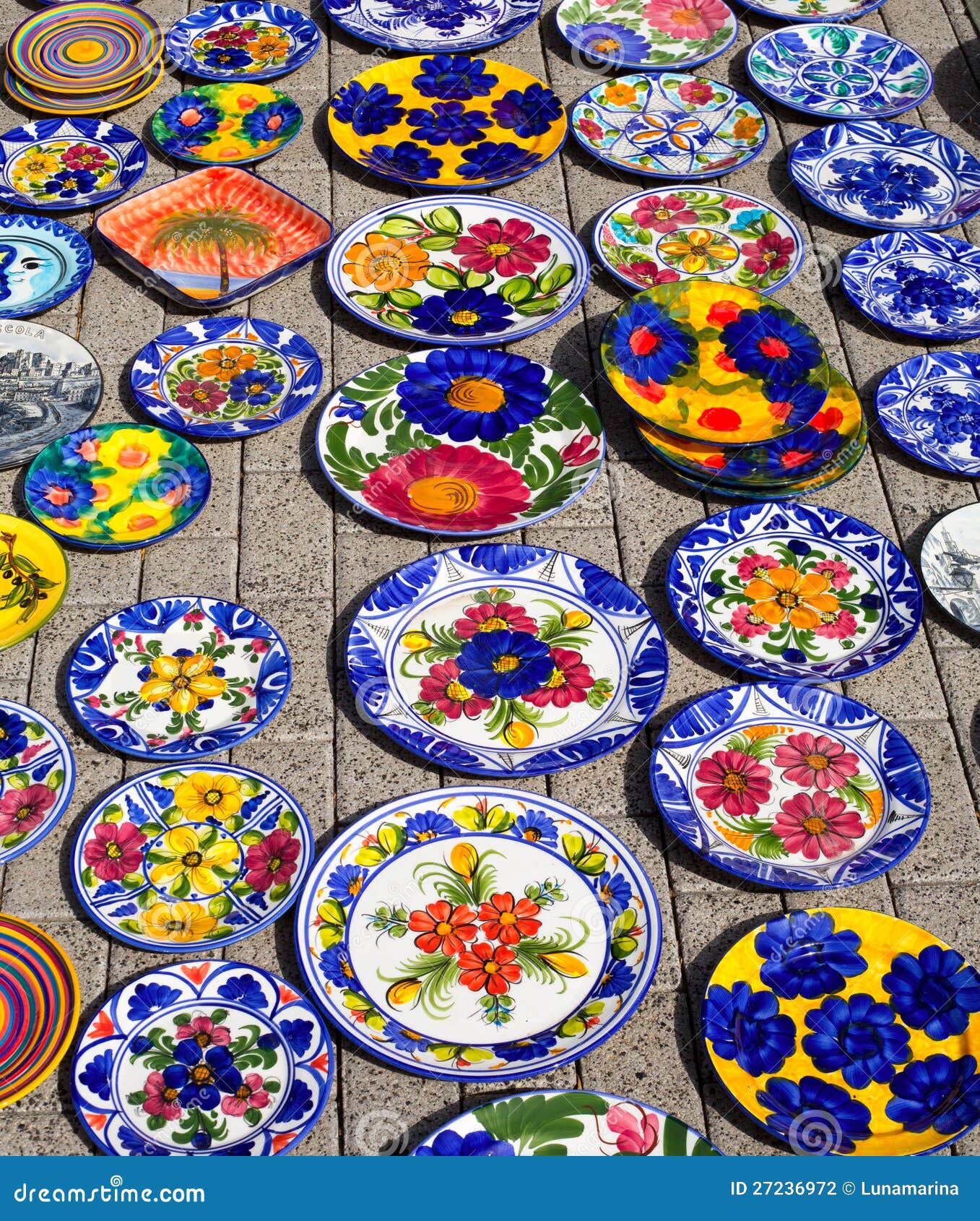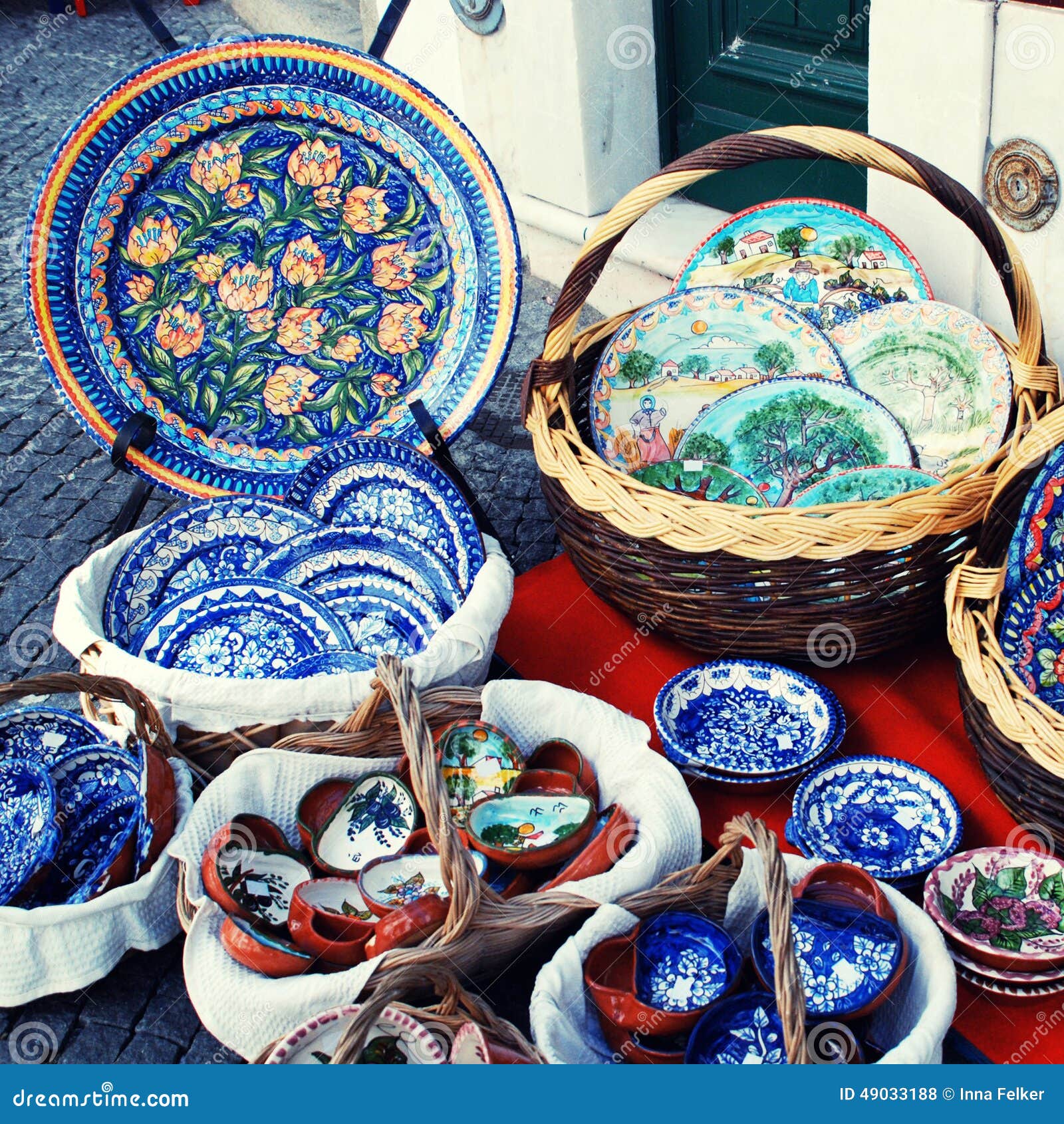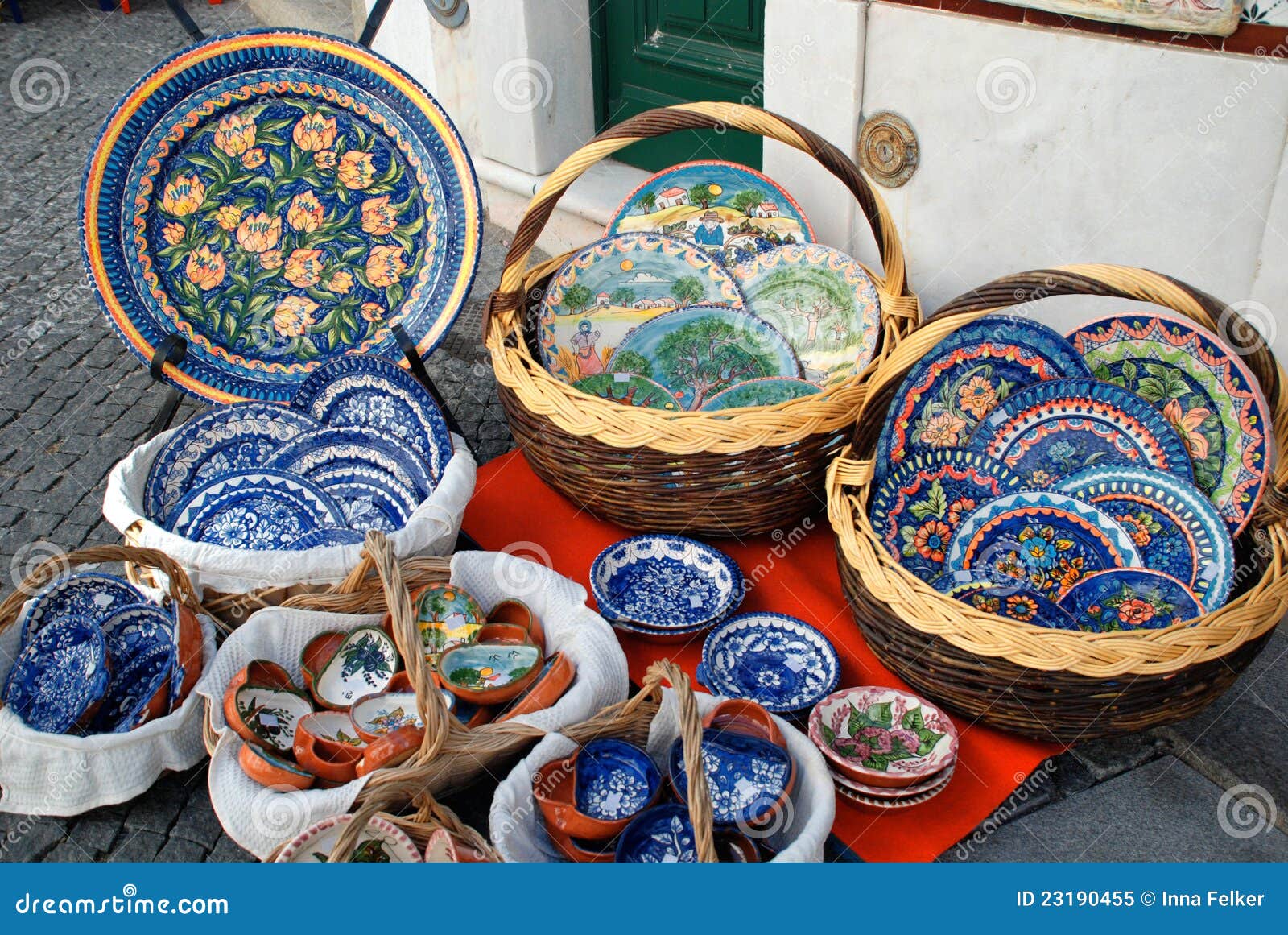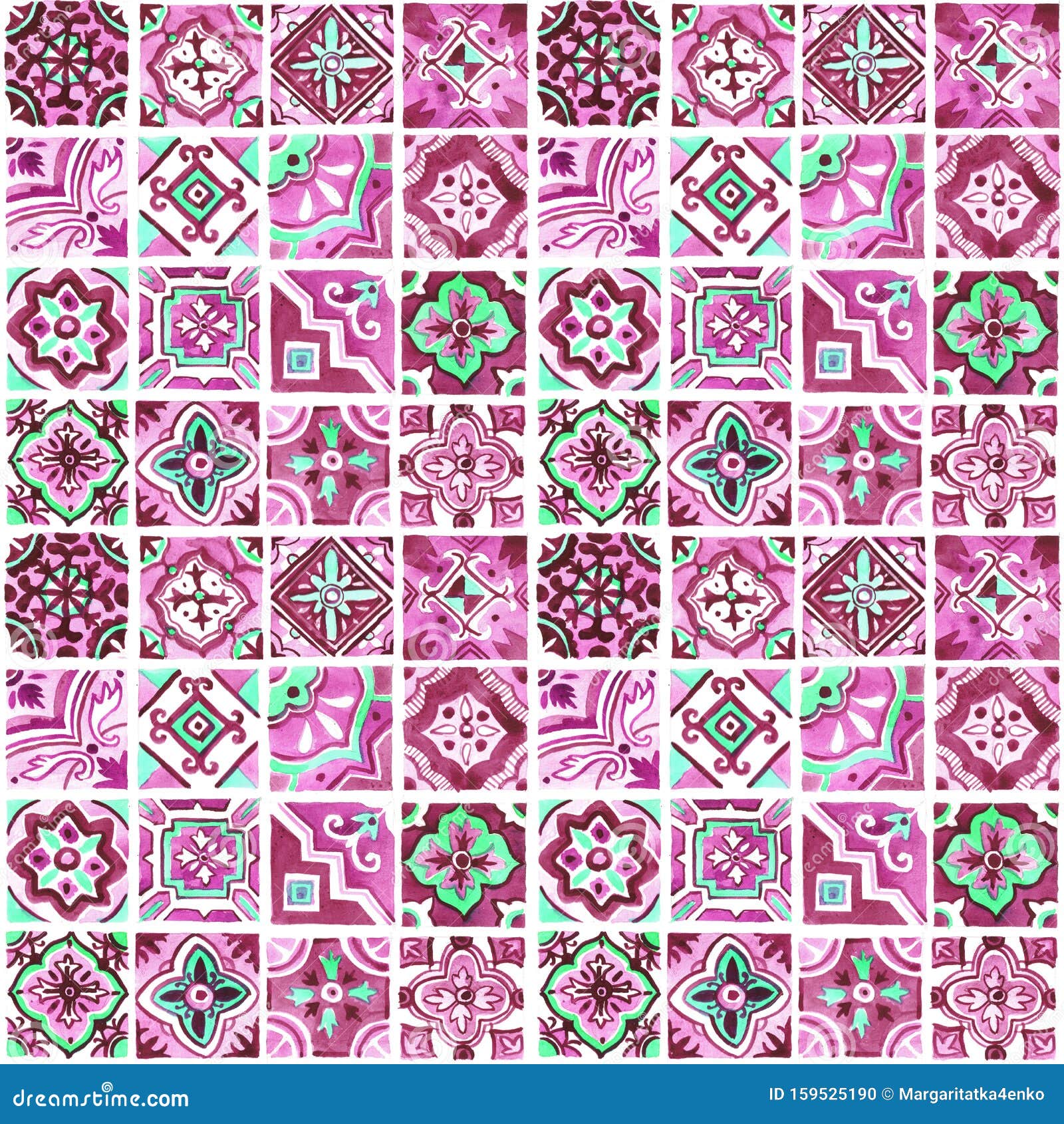
The Role Of Ceramics In Mediterranean Design
The Mediterranean region is known for its rich history, vibrant culture, and stunning architectural styles. One of the key elements that contribute to the unique charm of Mediterranean design is the use of ceramics. From ancient pottery to intricate tiles, ceramics have played a significant role in shaping the aesthetic of this region for centuries. In this article, we will explore the importance of ceramics in Mediterranean design, their history, and the various ways they are incorporated into architectural and interior design.
The History of Mediterranean Ceramics
Ceramics have a long and storied history in the Mediterranean region, dating back thousands of years. The ancient civilizations of Greece, Rome, and Egypt all made extensive use of ceramics in their art and architecture. From amphorae used to store wine and olive oil to decorative vases and tiles, ceramics were an integral part of daily life and artistic expression.
One of the most iconic examples of Mediterranean ceramics is the blue and white tiles found in traditional Moroccan and Spanish architecture. These intricate tiles, known as azulejos, feature geometric patterns and floral motifs that reflect the influence of Islamic and Moorish cultures. They are often used to adorn the walls, floors, and even ceilings of buildings, creating a mesmerizing visual impact.
The Characteristics of Mediterranean Ceramics
Mediterranean ceramics are known for their distinct characteristics that set them apart from other styles. These features include:
- Earthy color palette: Mediterranean ceramics often feature warm, earthy tones such as terracotta, ochre, and deep blues. These colors are inspired by the natural landscapes of the region, including the sandy beaches, azure waters, and sun-kissed terracotta rooftops.
- Handcrafted details: Many Mediterranean ceramics are handmade, using traditional techniques that have been passed down through generations. This craftsmanship adds a unique charm and authenticity to each piece, making them highly valued.
- Intricate patterns: From geometric motifs to floral designs, Mediterranean ceramics are renowned for their intricate patterns. These patterns often draw inspiration from nature, including elements like vines, flowers, and animals.
- Texture: Ceramics in Mediterranean design often feature textured surfaces, adding depth and visual interest to the pieces. This can be achieved through techniques like glazing, etching, or embossing.

The Use of Ceramics in Mediterranean Architecture
Ceramics play a crucial role in Mediterranean architecture, both as a functional and decorative element. Here are some key ways in which ceramics are incorporated into the design of Mediterranean buildings:
- Roof tiles: The iconic terracotta roof tiles are a hallmark of Mediterranean architecture. These tiles not only provide protection against the elements but also add a rustic and charming aesthetic to buildings.
- Tiled facades: In countries like Spain and Portugal, ceramic tiles are commonly used to cover the facades of buildings. These tiles not only enhance the visual appeal but also serve as a protective layer, shielding the walls from harsh weather conditions.
- Decorative accents: From ornate doorways to intricate window frames, ceramics are often used as decorative accents in Mediterranean architecture. These elements add a touch of elegance and create focal points within the overall design.
The Role of Ceramics in Mediterranean Interior Design
Ceramics also play a significant role in Mediterranean interior design, creating a sense of warmth, authenticity, and connection to the region's heritage. Here are some common ways in which ceramics are incorporated into Mediterranean interiors:
- Tile flooring: Ceramic tiles are a popular choice for flooring in Mediterranean homes. They come in various sizes, shapes, and patterns, allowing homeowners to create unique designs that reflect their personal style.
- Backsplashes and countertops: In kitchens and bathrooms, ceramic tiles are often used as backsplashes and countertops. These tiles not only provide a practical and easy-to-clean surface but also add a pop of color and visual interest.
- Decorative pottery: From vases and bowls to decorative plates, pottery is a staple in Mediterranean interior design. These handcrafted pieces add character and a sense of history to the space.
- Wall art and murals: Ceramics are often used to create stunning wall art and murals in Mediterranean interiors. These intricate pieces can depict scenes from nature, historical events, or abstract designs, adding a captivating focal point to the room.

Gallery
Below are some examples of how ceramics are used in Mediterranean design:



Summary
Ceramics have a rich history and play a vital role in Mediterranean design. From ancient pottery to intricate tiles, ceramics are ingrained in the culture and aesthetics of the region. The earthy color palette, handcrafted details, intricate patterns, and textured surfaces of Mediterranean ceramics contribute to their unique charm. In both architecture and interior design, ceramics are used to create functional elements like roof tiles and facades, as well as decorative accents and focal points. Incorporating ceramics into Mediterranean design allows for a connection to the region's heritage and adds a touch of authenticity to any space.